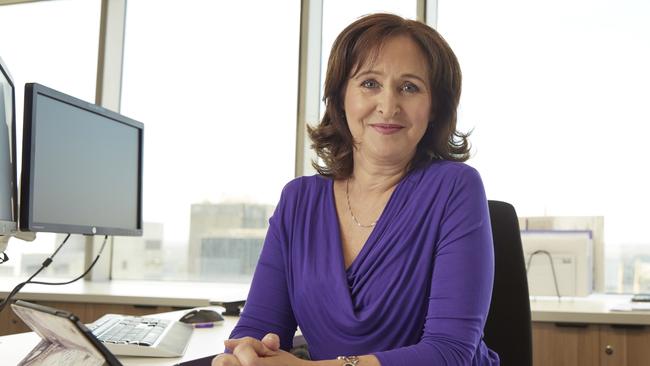Covid ‘a chance to boost gender diversity’
The recovery provides an opportunity for governments to address female workforce participation and representation, says the woman spearheading the 40:40 Vision initiative.

The COVID-19 economic recovery provides an “incredible opportunity” for governments to address female workforce participation and representation and for ASX companies to boost performance through improved executive gender diversity.
That’s the view of HESTA chief executive Debby Blakey, who is spearheading a push to see women in 40 per cent or more of company executive and board roles by 2030.
The initiative, called the 40:40 Vision, has support from investor signatories representing more than $4.1 trillion in assets under management or advice, including Aberdeen Standard Investments, BlackRock Australia, Ellerston Capital, First Sentier Investors, IFM Investors, Pendal Group and Schroders.
Ramsay Health Care, South32 and Domino’s Pizza are listed signatories to the pledge, and the investor group is engaging with all of the biggest ASX companies.
“This will be growing … there are a number of companies interested and we are having terrific conversations,” Ms Blakey said.
“In terms of the (COVID-19) rebuild, and the rebuild for the future that we want, this is an incredible opportunity for Australia to be very thoughtful — to think about that recovery in terms of women’s workforce participation, and to think about investing through the various programs from government investment and government policy settings.
“There’s incredible evidence that the social infrastructure, investing in those areas for the country, will give us the biggest step-up in terms of the recovery and in terms of return to profitability for the economy.”
Ms Blakey was part of a webinar on the 40:40 Vision held on Tuesday.
Ramsay’s group chief people officer Colleen Harris told the event the company had embedded gender, clinical and ethnicity diversity measures in its succession planning and talent development, but there was more work to do.
“There is always room for improvement … we intend to keep gender equity as a central focus,” she said. “What gets measured gets done.”
Chief Executive Women president Sam Mostyn, who also sits on the Mirvac and Transurban boards, said CEW had engaged with government on its pre-budget submission, which focused on the pandemic recovery and the full economic participation of women.
“We need policies and investments in those areas where women have been hardest hit,” she said.
“The government is responding in an adversarial way rather than engaging in this incredible moment for leadership that would actually benefit the economy.”
Ms Mostyn highlighted that ASX companies that took gender diversity seriously stood to gain. “There is so much more productivity from groups that get this right and just get on with the job,” she said.
The 40:40 movement cited Workplace Gender Equality Agency and Bankwest Curtin Economics Centre research from last year, which showed a 10 percentage point or more increase in the share of female top-tier managers led to an average 6.6 per cent rise in an ASX company’s market value.
The Australian Council of Superannuation Investors, which owns about 10 per cent of most large ASX companies, thinks faster progress on gender representation at executive levels is needed.
“We really, really need to shift that dial now,” chief Louise Davidson said, noting improvement was occurring at a “glacial place”.
The CEW group cited data showing that last year, just one of the 25 CEOs appointed to ASX200 companies was a woman.
ACSI numbers show the number of ASX200 women chairman rose to 24 in 2021, from 11 in 2015.
ASX200 company Silver Lake Resources is the only member of that index without any women as non-executive directors.
Ms Davidson believes that targets are critical to achieving more equitable gender diversity on the ASX.



